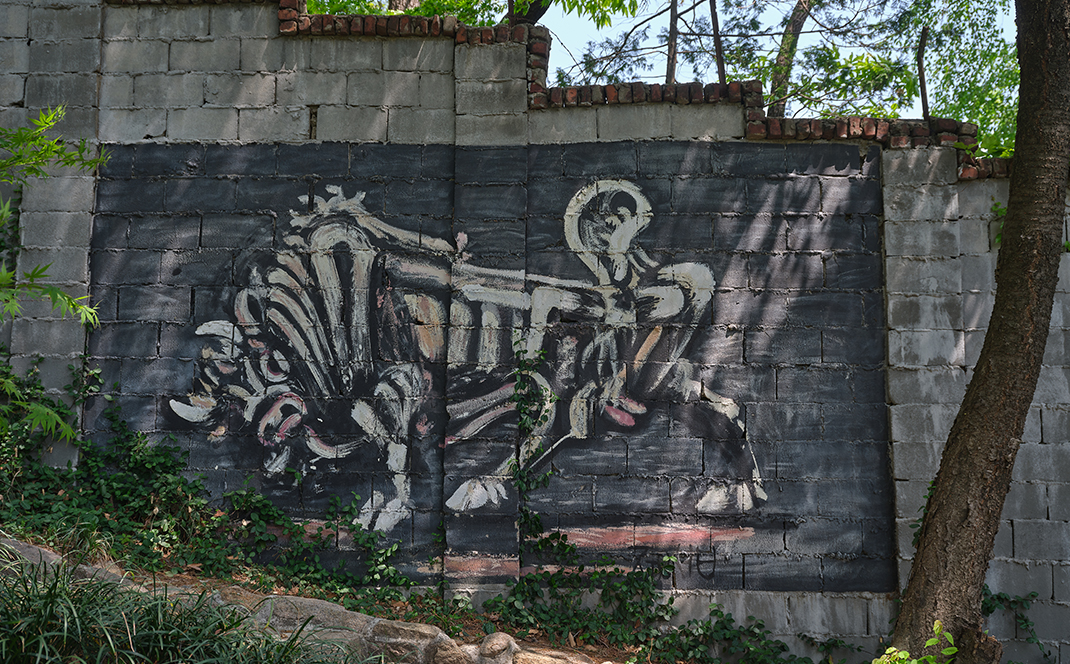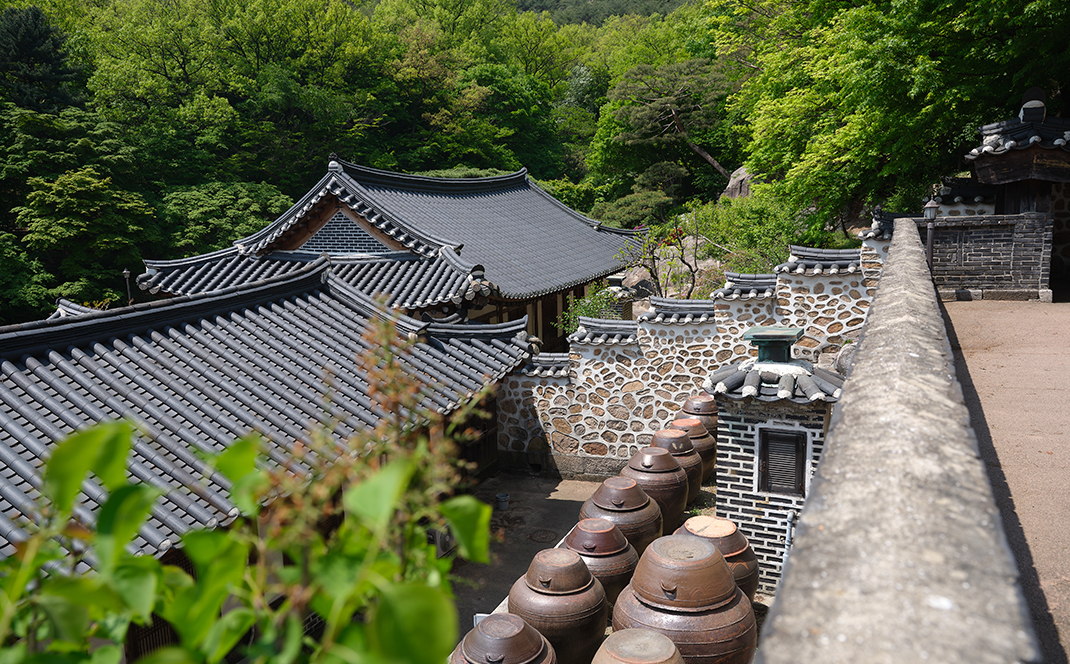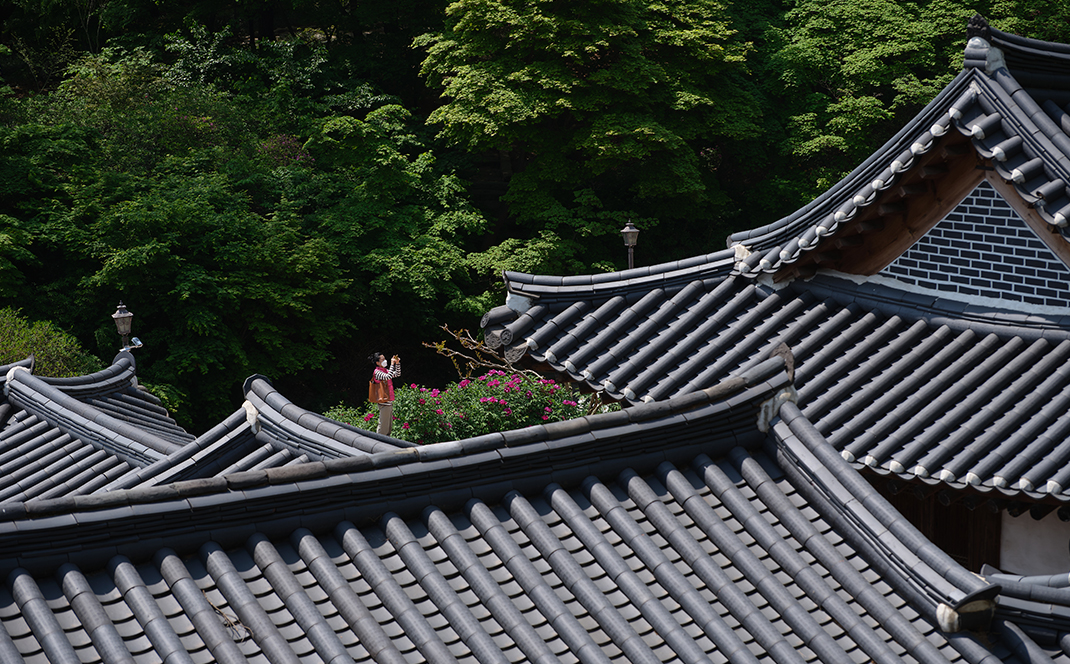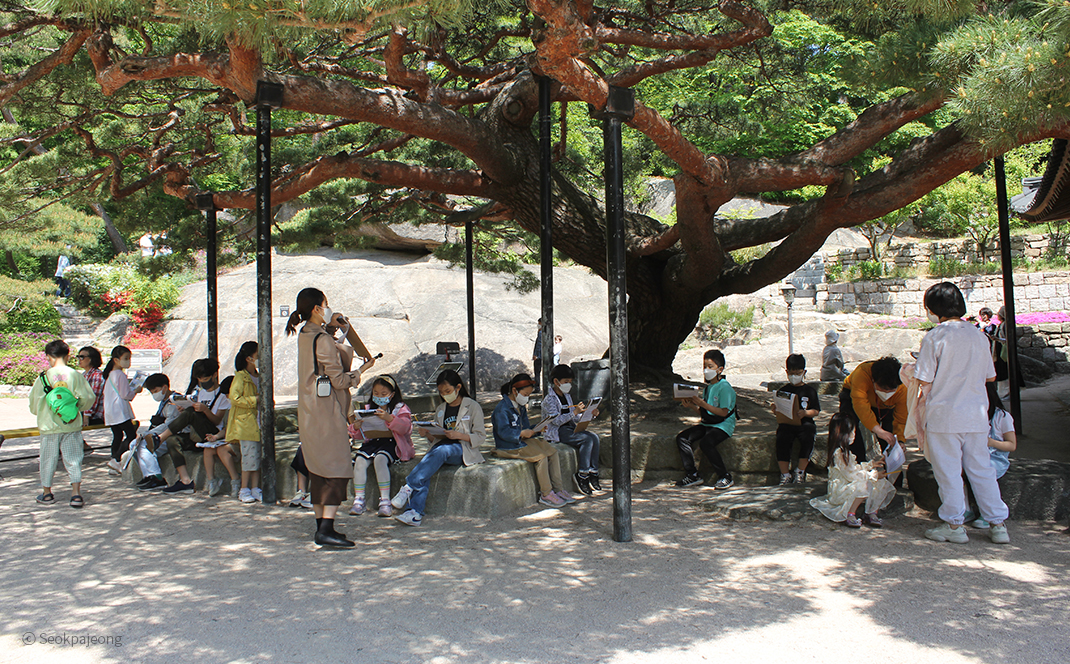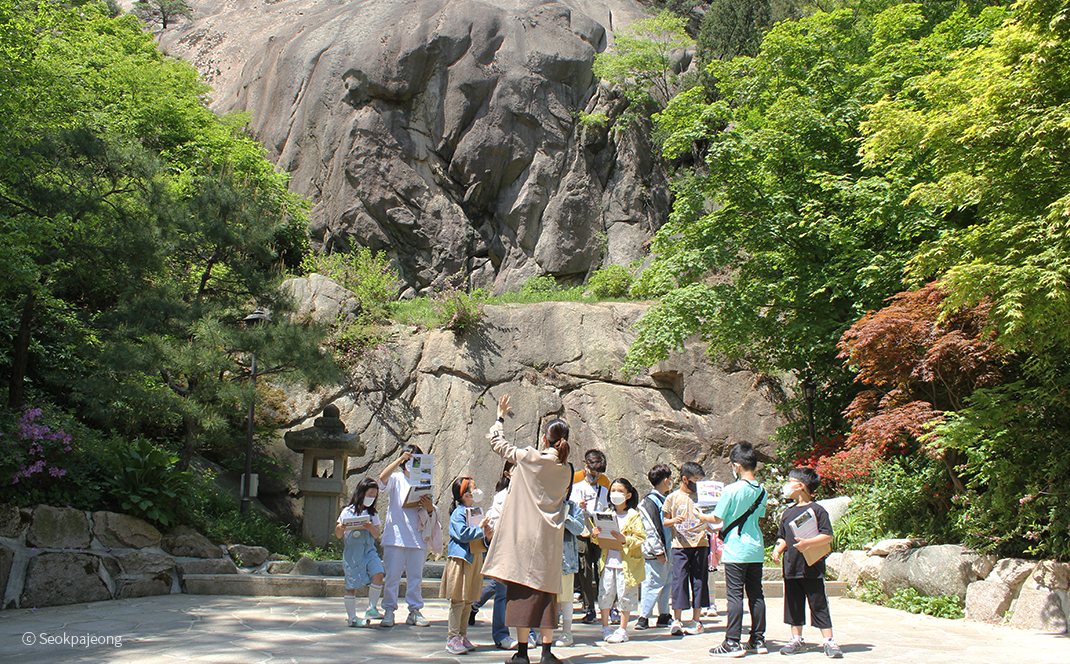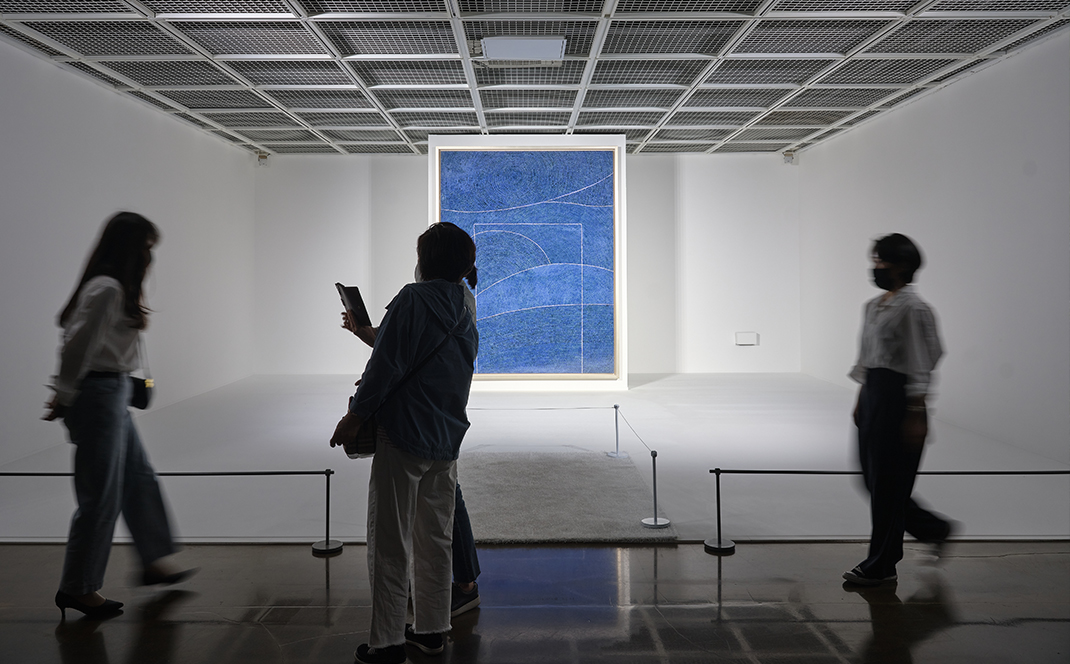Royal Heritage
At Seokpajeong, a Secret Royal Villa Welcomes the Public

WRITTEN BY
Lee Si-yeon,
curator of Seoul Museum
Photographed by
Studio Kenn
Walking down the quiet, hilly path in Buam-dong and past charming buildings and a modern art museum, you will come across traditional Korean homes with tile-roofs―it’s almost as you’ve gone back in time. This is Seokpajeong, which is known to history as the villa of Heungseon Daewongun (the regent of King Gojong, referred to below as “the Daewongun”). Its existence sparks a question: Did this place really exist in Seoul all this time?
The Seoul Street Arts Creation Center―or Creation Center for short―is a newly opened art space located at the eastern end of Seoul in the remodeled Guui Intake Station. The intake station previously served as a source of drinking water for the citizens of Seoul for decades.
New utilization methods were sought when Gangbuk Intake Station opened in 2011. The goal of the new facility built upstream of the Hangang River was to supply people with cleaner drinking water.
Starting in spring of 2012, experts in various fields put their heads together to come up with new ways to utilize Guui Intake Station. In fall of the same year, they decided to turn it into a creative center for Street Arts and Circus Arts. The new center opened in spring of 2015 after two years of design and construction.
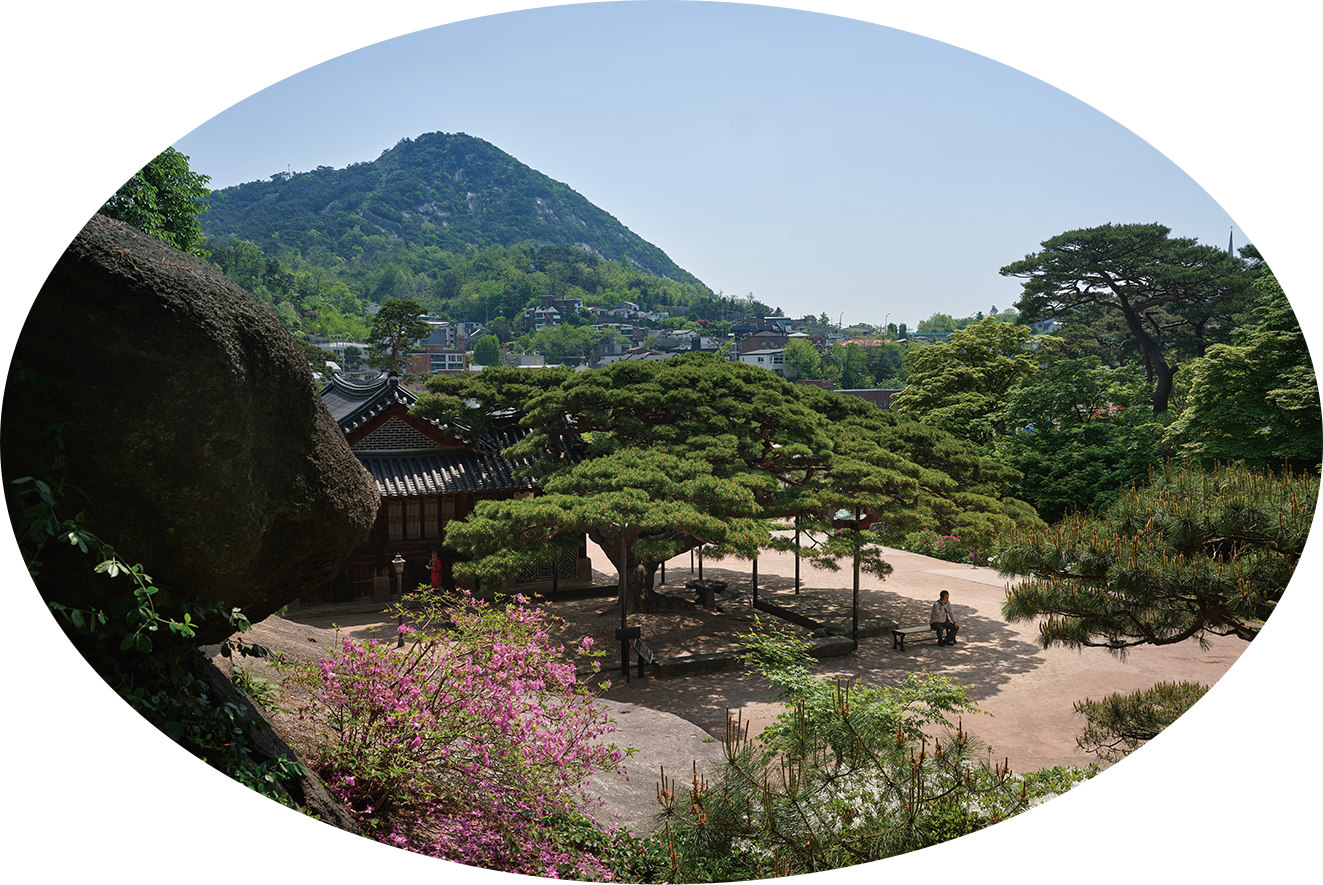
Visitors rest under an old pine tree.
Long History of Seokpajeong
Since ancient times, Koreans frequently built constructions aimed at showing the ideal world they desired. Up until the middle of the Joseon Dynasty, Koreans built villas secluded deep within forests; towards the end of the dynasty, however, as much of the country’s social-political infrastructure became concentrated in the capital of Hanyang, many yangban (Korea’s literati) used their power and economic strength to build villas within the confines of the city to enjoy nature’s beauty. While Seokpajeong is known as the Daewongun’s villa, the scholar-official Kim Heung-geun (1796-1870) led its original construction in the latter part of the Joseon Dynasty.
The historical backdrop of the change in Seokpajeong’s ownership can be found in Maechon’s Unofficial History, which was written by Hwang Hyeon (1855-1910). According to this record, the Daewongun wanted the villa and asked Kim to sell it to him; however, Kim wasn’t keen to hand over Seokpajeong, so the Daewongun concocted a small scheme to get it: He borrowed the villa for a night, staying there with his son and the 26th King of Korea, Gojong. At the time, it was stipulated that “anywhere the king has stayed is no longer suitable for vassals to live in.” As such, Seokpajeong became owned by the king’s court, which ultimately put the villa in Daewongun’s hands.
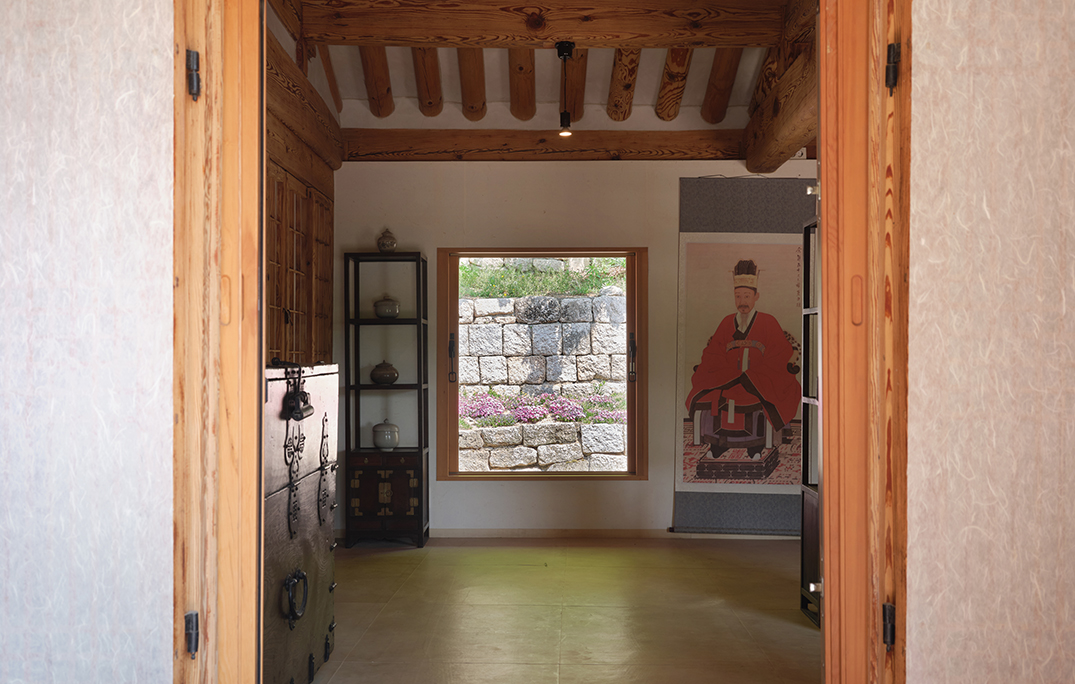
A portrait of the Daewongun hangs inside the sarangchae.
This story about the villa being taken away from Kim Heung-geun after a night’s stay sounds unfortunate. However, the Daewongun did not take the villa away from Kim just because of Seokpajeong’s outstanding scenery. Kim was part of the Andong Kim clan, which wielded wide-ranging power during the late Joseon Dynasty. Indeed, the clan’s powerbase was maintained over a long period of time through marriage with the royal family. However, Cheoljong (the 25th king of Joseon) died without a son, leaving the Daewongun’s son, Gojong, to take the throne. When the Daewongun became regent to look after young Gojong, Kim was placed in a politically hostile relationship with the Daewongun. Given this political backdrop, the Daewongun’s move to take a villa owned by Kim―then the most powerful member of the Andong Kim clan―was a symbolic one aimed at showing off his political stature.
The villa was originally called Samgyedongjeongsa, referring to its location where three narrow streams meet. However, after its ownership shifted to the Daewongun, the villa’s name became Seokpajeong. This new name referred to the villa’s location on a stone hill with many rocks, and the Daewongun’s pen name, Seokpa, is said to have originated from here.
A Place of Healing in the Heart of Seoul
Seokpajeong has a 200-year history, meaning it contains history stretching from the late Joseon Dynasty to Korea’s modern and contemporary periods.
After the Daewongun died, Seokpajeong was inherited and used as a villa by his descendants Yi Hee, Yi Jun and Yi Woo until later becoming the Colomba Orphanage during the Korean War. Then, in 2006, the chairman of the Seoul Museum, Ahn Byeong-gwang, took over the Seokpajeong Cultural Center through an auction, putting it under the museum’s management.
Gojong loved the secluded Seokpajeong so much that he even used it as a temporary palace. Now, it has become a place in Seoul where his descendants can rest their weary bodies and hearts. The Seoul Museum conducts a variety of education programs for visitors to introduce the villa’s historical and architectural significance, and tour programs are conducted for children to let them experience nature given the lack of such opportunities in urban Seoul. Moreover, Seoul Museum allows people to rent out the villa to conduct marriage ceremonies and other kinds of events.
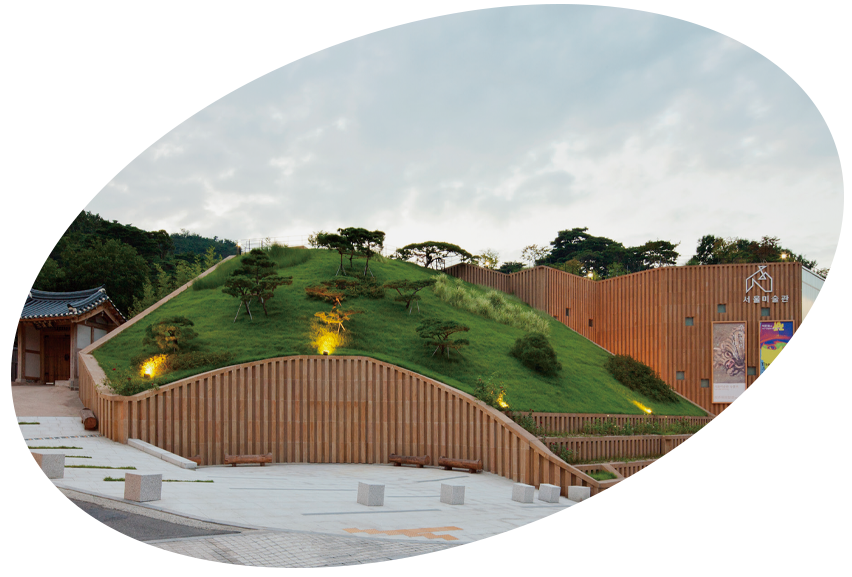
Seoul Museum now operates Seokpajeong. © Seoul Museum
That such a space beloved by Koreans’ ancestors is now a place where ordinary people can go for solace is due to the Seoul Museum’s efforts to manage the villa. For a long time, the villa was abandoned and full of weeds and piles of garbage from the nearby neighborhood. Seoul Museum invested significant amounts of money to repair the structure and maintain its landscape. On the grass garden where Bukaksan Mountain, Bukhansan Mountain and Inwangsan Mountain can be seen, the museum placed an installation artwork entitled “Pumpkin” by the Japanese sculptor and installation artist Yayoi Kusama so that visitors can experience nature along with modern art. On the “Walk of Cloud” that stretches away from the villa’s back gate, the museum has places murals of the most prominent artwork in its possession by Lee Jung-seob so that visitors can enjoy the artwork while strolling around the area.
As this shows, Seokpajeong not only gives visitors visual pleasure but also the opportunity to examine themselves. In Confucianism, nature is considered a role model that humans should obey and imitate, and Confucianists were told to discover its essence and make this the guiding principle of their lives. This view of nature held by Confucianists was reflected through constructions built by generations of Koreans. Seokpajeong, a lasting record to the changes that have occurred in Korea from ancient to modern times, narrates the love of the arts and the view of nature held by the ancestors of modern-day Koreans. Today’s Koreans are pressed to adapt to a rapidly changing modern society, and only when they’ve entered Seokpajeong from the secret villa do they realize the meaning of living a life in coexistence with nature and have the opportunity to become introspective―something many fail to do.
Seokpajeong welcomes everyone to take a step away from the temporal and spatial limitations of daily life to take a break within nature, something that is particularly needed now amid the seemingly endless pandemic.

A visitor to Seoul Museum takes in the work of painter Kim Whanki.
Other Articles
-
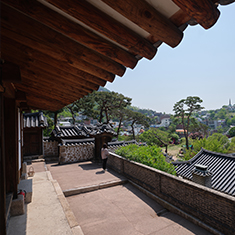
Special Ⅰ Royal Heritage
-
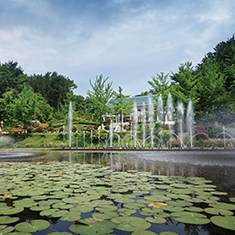
Special Ⅱ A Leisure Space for All
-
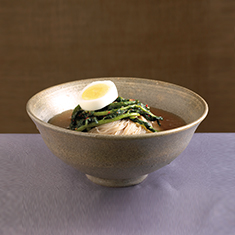
Trend Tasty Retreats
-

Hidden View Hidden Elephant
-
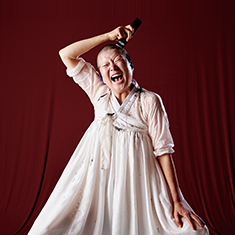
Interview Unique Movements
-
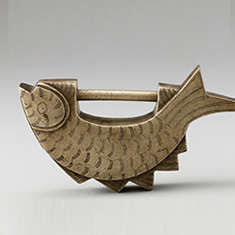
Art of Detail Through the Keyhole
-
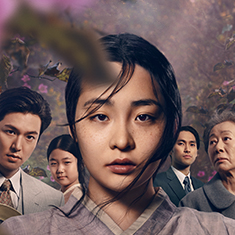
Film & TV A Story About Gravity
-

Collaboration The Endless Possibilities
-
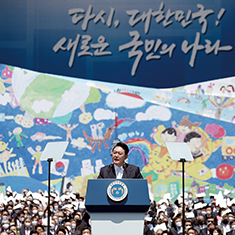
Current Korea Again, Republic of Korea
-

Global Korea Organizing Korean
Cultural Experiences

